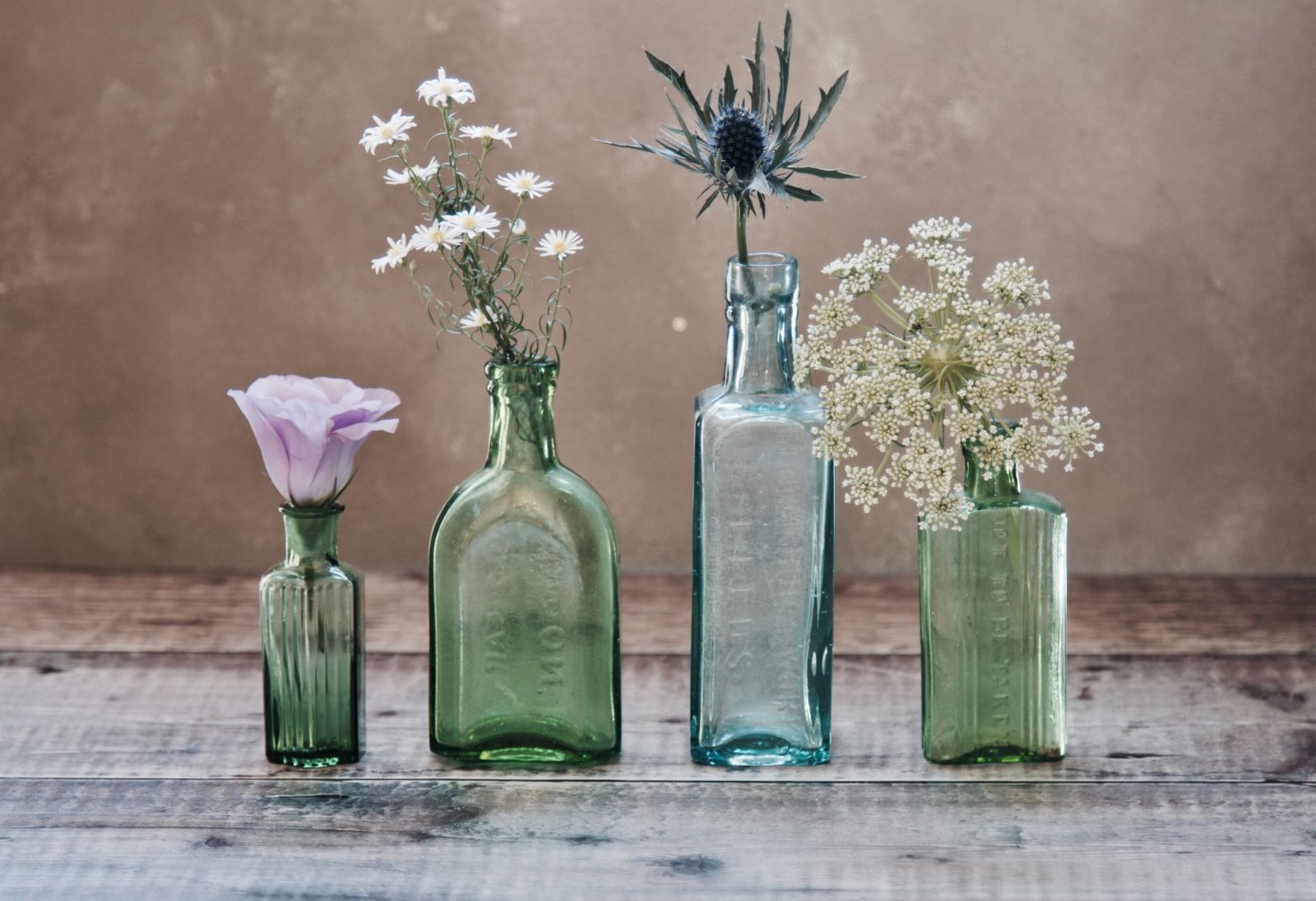

Articles
How To Clean Glass Vases
Modified: October 19, 2024
Learn effective methods and tips for cleaning glass vases in this informative articles. Keep your vases sparkling and beautiful with expert advice.
(Many of the links in this article redirect to a specific reviewed product. Your purchase of these products through affiliate links helps to generate commission for Storables.com, at no extra cost. Learn more)
Introduction
Glass vases are not only beautiful decorative pieces, but they also require regular cleaning to maintain their sparkle and shine. Over time, dust, fingerprints, and water stains can accumulate on the surface, making your glass vases look dull and unappealing. Cleaning glass vases may seem like a daunting task, but with the right supplies and techniques, you can restore their luster and keep them looking their best.
In this article, we will guide you through the step-by-step process of cleaning glass vases, both inside and out. We will provide you with helpful tips and precautions to ensure a thorough and safe cleaning experience. So, grab your supplies and let’s get started on bringing your glass vases back to their pristine condition!
Key Takeaways:
- Proper preparation and gentle cleaning techniques, along with the use of mild dish soap, white vinegar, and baking soda, can effectively restore the sparkle and shine of glass vases, both inside and out.
- Regular maintenance, cautious handling, and adherence to specific cleaning tips and precautions can help preserve the elegance and durability of glass vases, ensuring their long-lasting beauty in any space.
Read more: How To Clean A Glass Vase
Gathering Supplies
Before you begin cleaning your glass vases, it’s important to gather all the necessary supplies. Having everything at hand will save you time and prevent interruptions during the cleaning process. Here are the supplies you will need:
- Mild dish soap or glass cleaner
- White vinegar
- Baking soda
- Soft sponge or cloth
- Cotton swabs
- Rice or small beads
- Microfiber cloth or lint-free towel
Mild dish soap or glass cleaner is essential for removing dirt and grime from the exterior and interior surfaces of the vase. White vinegar is an effective natural cleaner that can help dissolve tough stains and buildup. Baking soda works well for tackling stubborn stains and odor. A soft sponge or cloth is gentle enough to avoid scratching the glass, while cotton swabs can be used for detailed cleaning in hard-to-reach areas.
If you have vases with narrow necks, rice or small beads can be used as an agitator to help scrub the interior. For the final polishing touches, a microfiber cloth or lint-free towel is recommended to avoid leaving any lint or streaks on the glass.
It’s important to note that while these supplies are suitable for most glass vases, delicate or antique vases may require special care and specific cleaning products. If you are unsure, it is advisable to consult a professional or conduct research specific to your vase’s material and condition.
Now that you have all the necessary supplies ready, let’s move on to preparing the vase for cleaning.
Preparing the Vase
Before you start cleaning your glass vase, it’s important to prepare it properly to ensure an effective and safe cleaning process. Follow these steps to prepare your vase:
- Empty the vase: If your vase has any flowers, water or decorative items inside, remove them carefully. Dispose of the water and any organic matter, such as leaves or petals, to avoid clogging drains or causing unpleasant odors during the cleaning process.
- Inspect the vase: Take a closer look at the vase for any cracks, chips, or delicate areas that require extra care. If you notice any damage, consider whether it can withstand the cleaning process. If in doubt, it may be best to consult with a professional.
- Check for adhesive residue: Some vases may have adhesive residue from price tags or labels. Gently scrape off any residue using a plastic scraper or your fingernail. Take care not to scratch the glass surface.
- Consider protective measures: If your vase is particularly delicate or has intricate designs or patterns, consider using gloves to protect your hands and placing a soft towel or piece of cloth at the bottom of the sink or cleaning area to prevent accidental bumps or scratches.
By taking the time to prepare your glass vase, you can ensure that the cleaning process goes smoothly and minimize the risk of damage. Once you’ve completed these preparations, you’re ready to move on to the next step: cleaning the exterior of the vase.
Cleaning the Exterior
The exterior of your glass vase is where dust, fingerprints, and other surface-level debris tend to accumulate. Follow these steps to effectively clean the exterior of your vase:
- Fill the sink or a basin with warm water: Fill the sink or a basin with warm water, making sure it’s enough to fully submerge the vase.
- Add a small amount of mild dish soap or glass cleaner: Add a small amount of mild dish soap or glass cleaner to the water. Be careful not to use too much, as excessive soap can leave residue on the glass.
- Gently immerse the vase: Carefully place the glass vase in the soapy water and allow it to soak for a few minutes. This will help loosen any dirt or grime adhered to the surface.
- Clean with a soft sponge or cloth: Take a soft sponge or cloth and gently clean the exterior of the vase, using circular motions. Pay extra attention to areas with visible stains or fingerprints.
- Rinse with clean water: Once you have removed all the dirt, rinse the vase thoroughly with clean water. Ensure that all soap residue is removed, as it can make the glass appear streaky.
- Dry with a lint-free towel: Use a microfiber cloth or a lint-free towel to dry the vase. Start from the top and work your way down, ensuring that the entire surface is dried properly.
Remember to handle the glass vase with care to avoid unnecessary pressure or accidental drops. If there are any stubborn stains on the exterior, you may consider using a mild vinegar solution or a paste made of baking soda and water to gently scrub the affected areas before rinsing and drying.
Now that the exterior of your glass vase is clean and shiny, let’s move on to tackling any stains or buildup on the interior.
Removing Stains and Buildup
Over time, glass vases can develop stains and buildup on the interior surface, especially if they have been used to hold flowers or other liquids. To effectively remove these stains and restore the clarity of your glass vase, follow these steps:
- Create a cleaning solution: Mix equal parts of white vinegar and warm water in a bowl or basin.
- Pour the cleaning solution into the vase: Carefully pour the cleaning solution into the vase, ensuring that it covers the stained or buildup areas.
- Let it soak: Allow the vinegar solution to sit inside the vase for approximately 30 minutes. The acidic properties of the vinegar will help dissolve the stains and loosen the buildup.
- Scrub the interior: Using a soft sponge or a scrub brush, scrub the interior of the vase. Pay close attention to the stained areas, applying gentle pressure to remove the buildup. For narrow-necked vases, you can use a cotton swab to reach tight spots.
- Rinse thoroughly: Once you have scrubbed the interior, rinse the vase thoroughly with clean water. Ensure that all the vinegar solution is washed away.
- Inspect for stubborn stains: If there are still stubborn stains or mineral deposits remaining, create a paste using equal parts of baking soda and water. Apply the paste to the stained areas and gently scrub with a soft sponge. Rinse well after scrubbing.
- Dry the interior: Use a lint-free towel or a microfiber cloth to dry the interior of the vase completely.
By using the power of vinegar and baking soda, you can effectively remove stubborn stains and buildup without causing any damage to your glass vase. Remember to always handle the vase with care and never use abrasive materials that can scratch the glass surface.
Now that you’ve successfully cleaned the interior of your glass vase, it’s time to move on to the final steps of drying and polishing.
To clean glass vases, mix equal parts white vinegar and warm water, then pour the solution into the vase and let it sit for 15-20 minutes. Use a bottle brush to scrub the inside, then rinse thoroughly with warm water.
Read more: How To Paint Glass Vases
Cleaning the Interior
While the exterior of a glass vase is more visible, it’s equally important to clean the interior to maintain its pristine appearance. Follow these steps to effectively clean the interior of your glass vase:
- Prepare an agitating mixture: For vases with narrow necks or hard-to-reach corners, create an agitating mixture by filling the vase halfway with warm water and adding a tablespoon of mild dish soap or glass cleaner.
- Insert agitator and swirl: Insert a handful of rice or small beads into the vase, close the opening tightly, and gently swirl the vase. The agitator will help scrub off any residue or stains from the interior surface.
- Continue swirling and shaking: Keep swirling and shaking the vase for a few minutes, ensuring that the agitator reaches all areas of the interior. The grains of rice or beads will help dislodge any buildup or debris.
- Empty and rinse the vase: Carefully pour out the soapy water along with the rice or beads into the sink. Rinse the vase thoroughly with clean water, removing any remaining soap residue.
- Inspect the interior: Once rinsed, inspect the interior of the vase for any lingering stains or residue. If needed, use a cotton swab dipped in a vinegar-water solution to target specific areas that require additional cleaning.
- Rinse again and dry: Rinse the vase again with clean water to ensure all traces of vinegar or cleaning solutions are removed. Finally, dry the interior completely with a lint-free towel or a microfiber cloth.
By using the agitating method, you can effectively clean even the most hard-to-reach areas of your glass vase, ensuring its interior is as pristine as the exterior. Take care when swirling and shaking the vase to avoid any accidents or spills.
Now that your glass vase is clean both inside and out, let’s move on to the final steps of drying and polishing.
Drying and Polishing
After thoroughly cleaning the exterior and interior of your glass vase, it’s essential to dry and polish it to achieve a sparkling finish. Follow these steps to ensure your vase is dried and polished properly:
- Inspect for moisture: Before proceeding, make sure the vase is free from any moisture or water droplets. If there are any, use a lint-free towel or a microfiber cloth to gently blot and remove the moisture.
- Air drying: If time allows, you can air dry the vase by placing it upside down on a clean towel or dish rack. This will allow any remaining moisture to evaporate naturally.
- Polishing the exterior: Once the vase is dry, use a clean, microfiber cloth or a lint-free towel to polish the exterior surface. Wipe in gentle circular motions to remove any smudges or streaks and restore its shine.
- Polishing the interior: For the interior of the vase, you can use a narrow and dry microfiber cloth or a cotton swab to reach the corners and polish any remaining water spots or streaks.
- Inspect the final result: Take a moment to inspect the vase and ensure it is free from any smudges, water spots, or fingerprints. If necessary, give it a final wipe down with a clean cloth.
By following these steps, you can achieve a beautifully dried and polished glass vase that will enhance the overall aesthetic appeal of any room or display. Regularly drying and polishing your vases after cleaning will help maintain their clarity and keep them looking their best.
Now that you’ve completed the drying and polishing process, let’s move on to some helpful tips and precautions to keep in mind when cleaning glass vases.
Tips and Precautions
Cleaning glass vases requires care and attention to ensure their longevity and beauty. Here are some valuable tips and precautions to keep in mind:
- Handle with care: Glass vases are fragile, so handle them with gentle hands to avoid accidental drops or breakage.
- Test new cleaners: If you’re using a new cleaner or method, test it on a small, inconspicuous area of the vase first to make sure it doesn’t cause any damage or discoloration.
- Avoid harsh chemicals: Stay away from harsh chemicals, bleach, or abrasive cleaners that can damage the glass or remove any decorative elements on the vase.
- Use a soft touch: When cleaning the exterior or interior, use a soft sponge, cloth, or cotton swab to avoid scratching the glass surface.
- Be cautious with antique or delicate vases: Antique or delicate glass vases may require specialized cleaning techniques or professional help. Research the specific care instructions for such vases, or consult with an expert.
- Regular maintenance: Clean your glass vases regularly to prevent buildup and staining. The more frequently you clean them, the easier it will be to maintain their pristine condition.
- Protect surfaces: When placing the vase on a sensitive surface, such as a wooden table, use a coaster or a felt pad to prevent any potential scratching or damage.
- Rotate display: If you have multiple glass vases on display, consider rotating them periodically to prevent sunlight from fading or discoloring single areas of the vase.
By following these tips and taking necessary precautions, you can ensure the long-lasting beauty and durability of your glass vases.
With that, you now have all the information you need to effectively clean and maintain your glass vases. By following the step-by-step process, gathering the necessary supplies, and incorporating these tips and precautions, you can enjoy sparkling and beautiful glass vases that will enhance any space in your home.
Remember, a little effort goes a long way in preserving the elegance and charm of your glass vases!
Conclusion
Cleaning and maintaining glass vases is a rewarding task that allows you to keep their sparkle and beauty intact. By following the step-by-step process outlined in this article, along with gathering the necessary supplies and applying the tips and precautions provided, you can effectively clean both the exterior and interior of your glass vases.
Start by preparing the vase and gathering all the supplies you need. Then, proceed to clean the exterior, removing dust, fingerprints, and other surface-level debris. Next, tackle any stains and buildup on the interior, using vinegar solution and gentle scrubbing techniques. Afterward, ensure proper drying and polishing to achieve a sparkling finish.
Throughout the cleaning process, remember to handle your glass vases with care to avoid accidental breakage. Test new cleaners, avoid harsh chemicals, and use a soft touch when cleaning. For antique or delicate vases, take extra precautions or seek professional guidance.
Regular maintenance and cleaning of your glass vases will help prevent the accumulation of dirt and maintain their pristine condition. By following these guidelines, you can enjoy the beauty and elegance of your glass vases for years to come.
So, gather your supplies, take your time, and let the cleaning process begin. With a little effort and attention to detail, your glass vases will be transformed into stunning centerpieces that enhance the ambiance of any space.
Now, it’s time to roll up your sleeves and give your glass vases the care and attention they deserve. Happy cleaning!
Frequently Asked Questions about How To Clean Glass Vases
Was this page helpful?
At Storables.com, we guarantee accurate and reliable information. Our content, validated by Expert Board Contributors, is crafted following stringent Editorial Policies. We're committed to providing you with well-researched, expert-backed insights for all your informational needs.

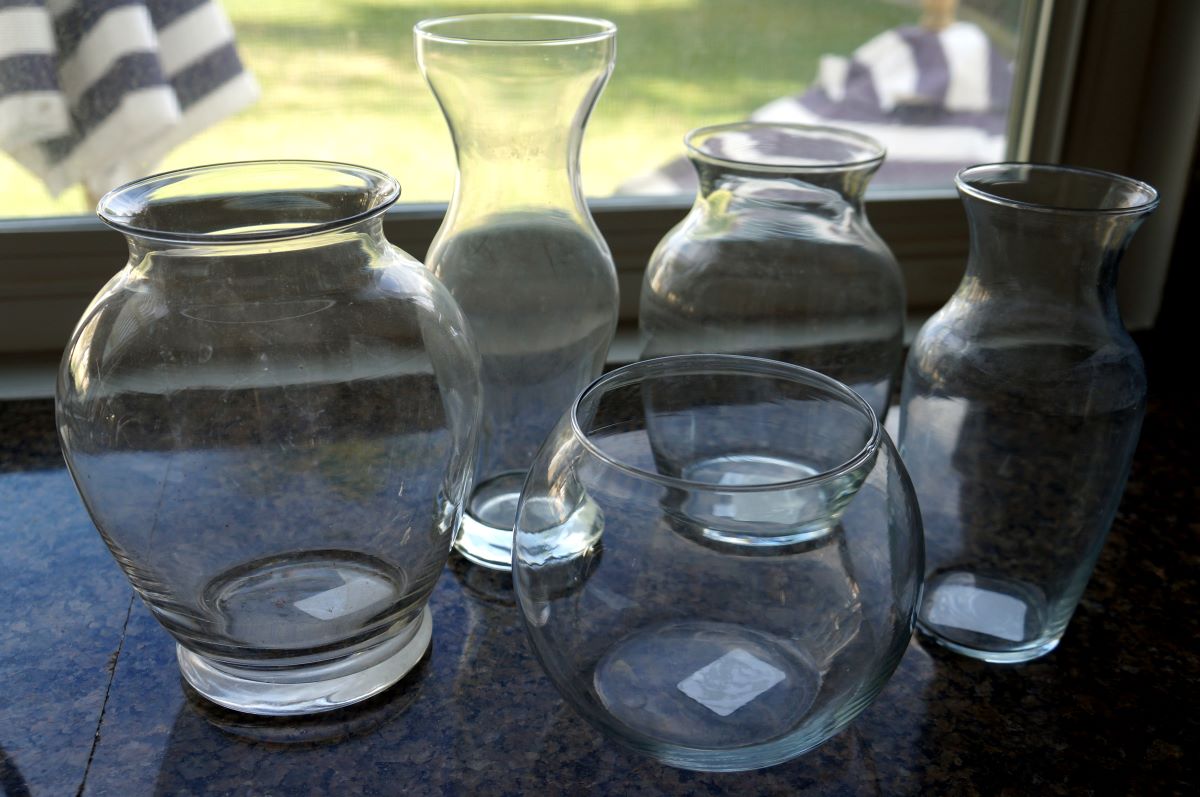
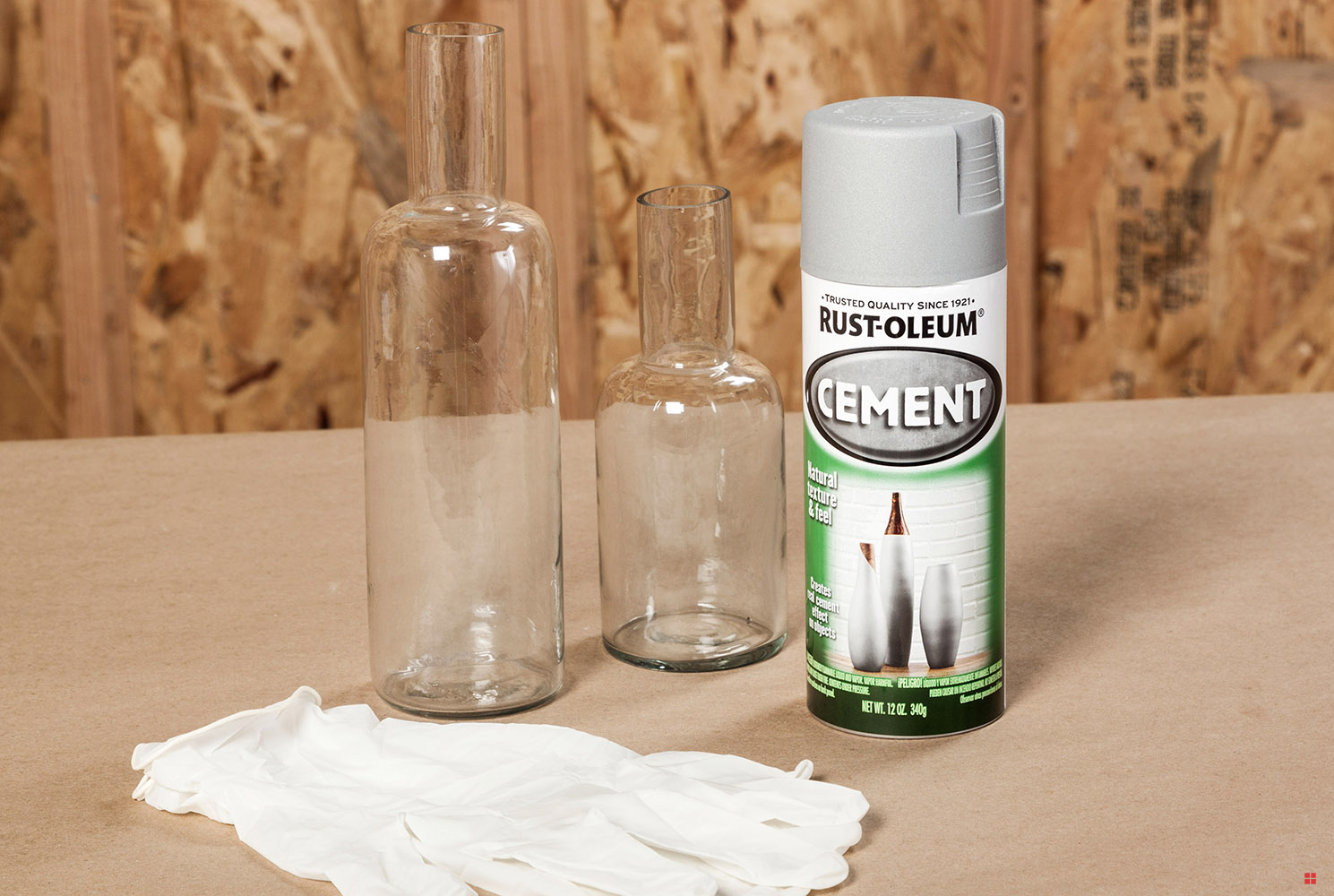
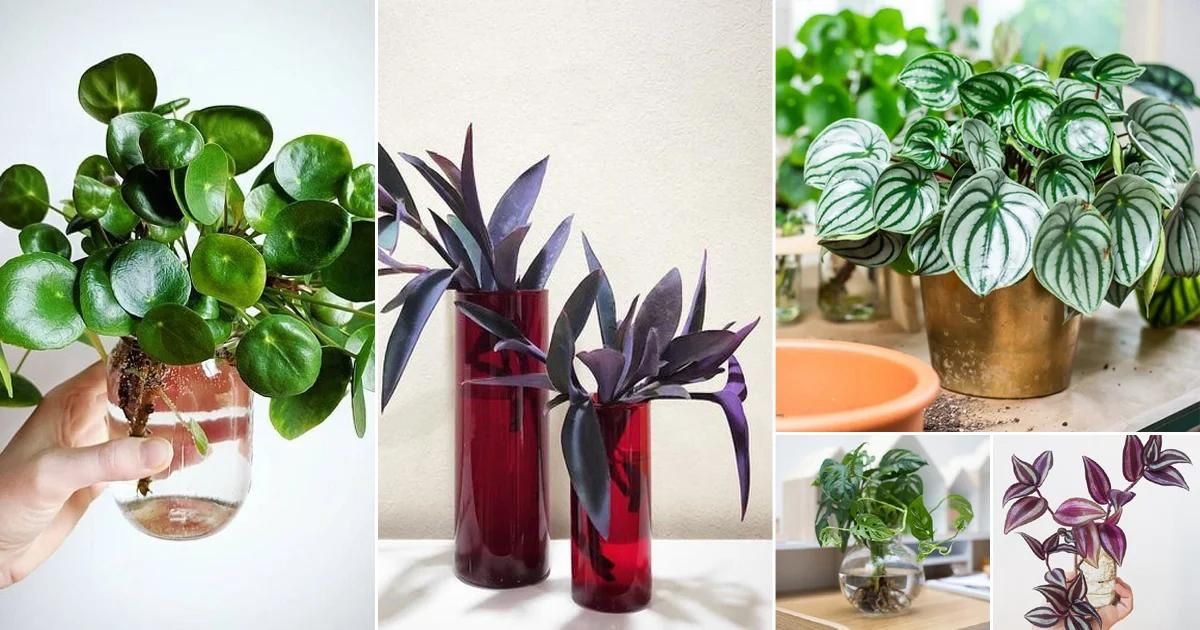
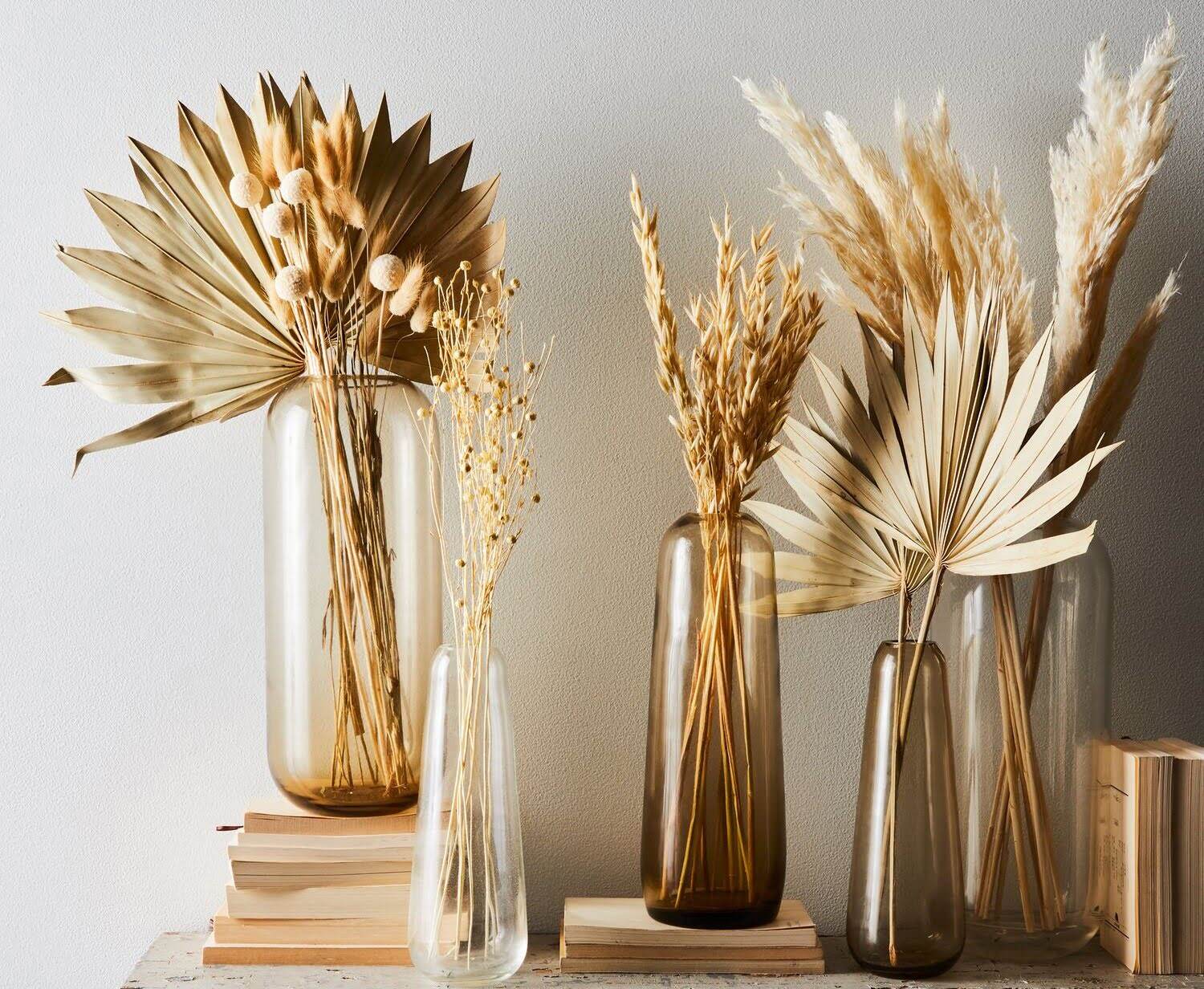
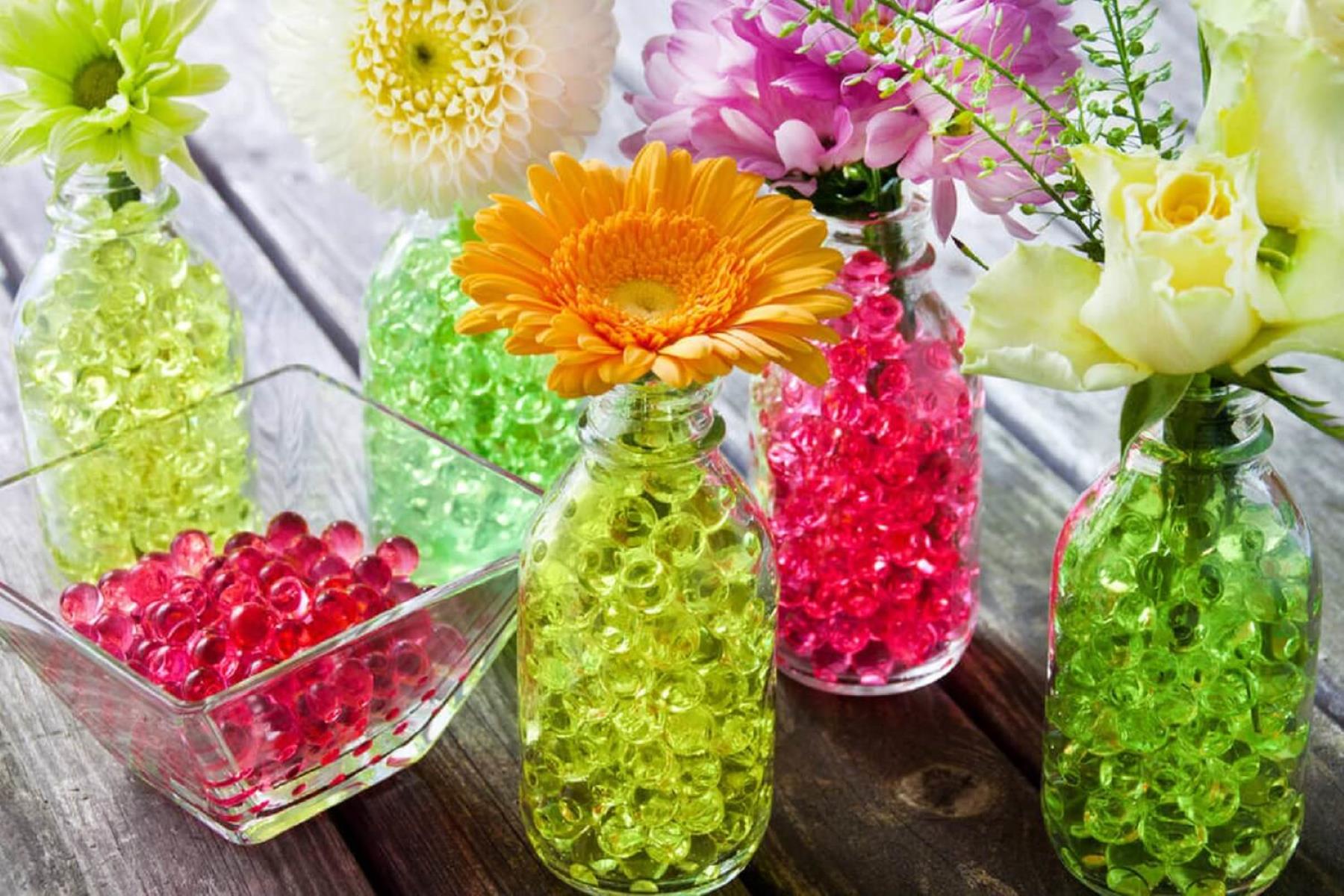
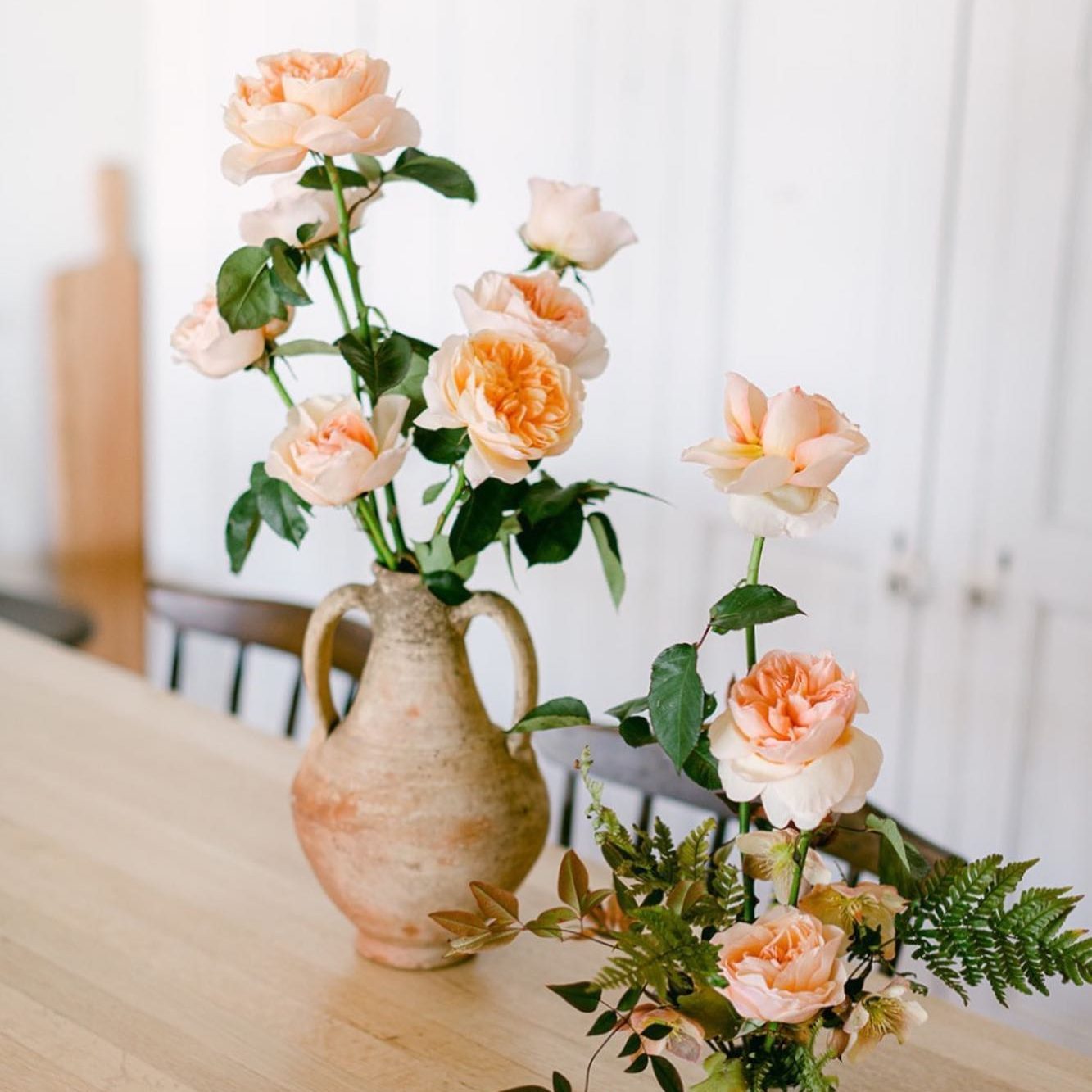
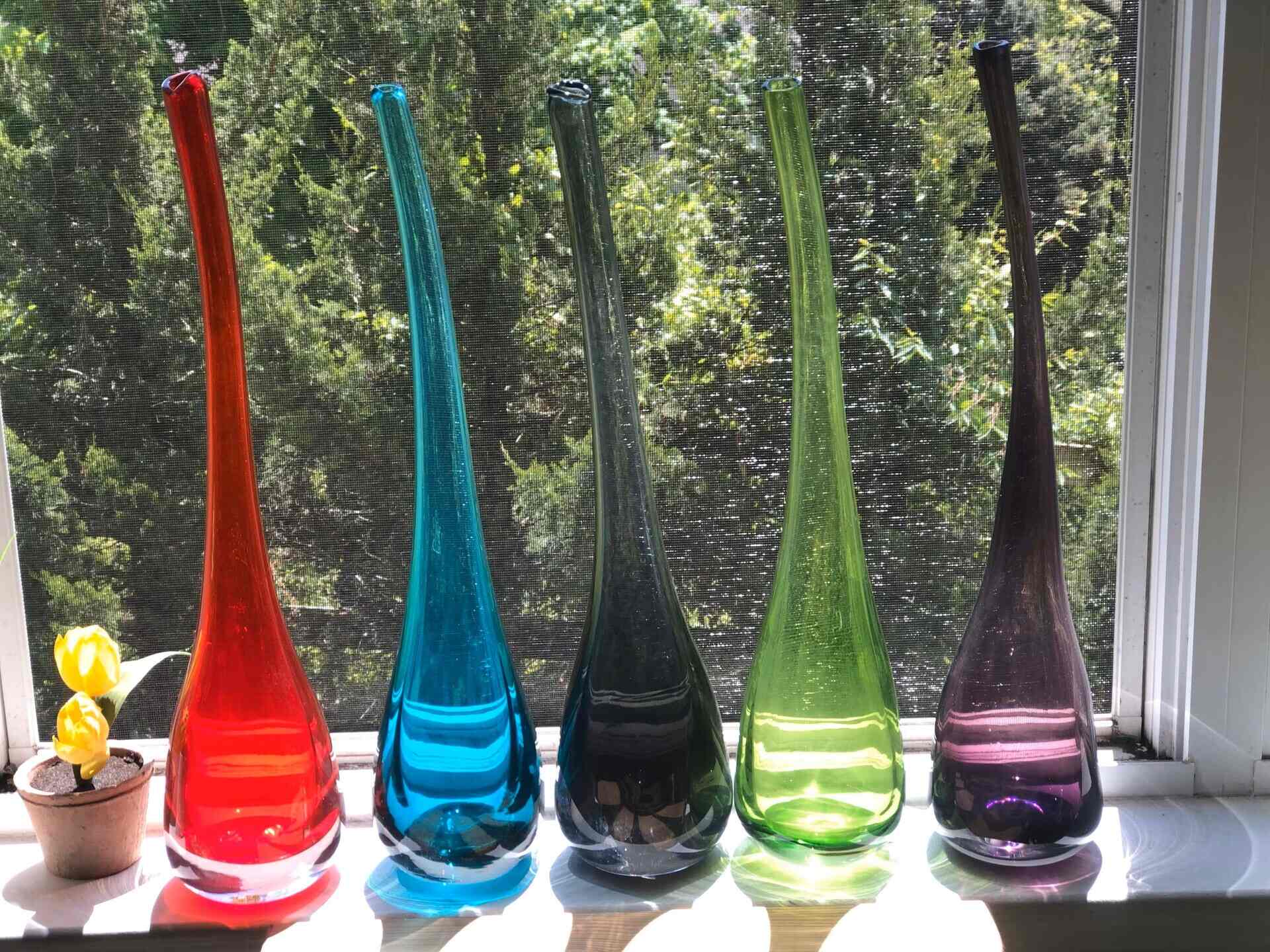
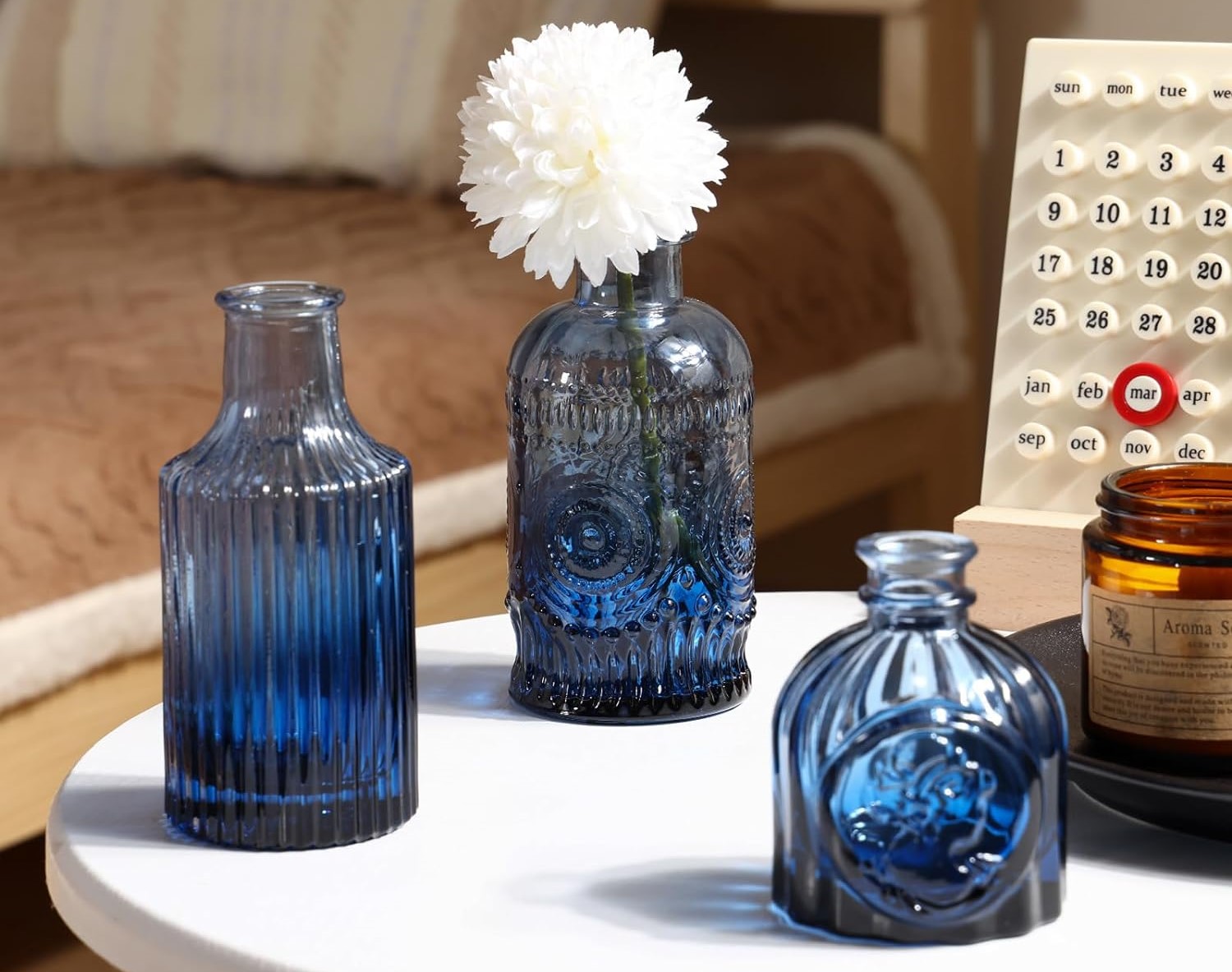
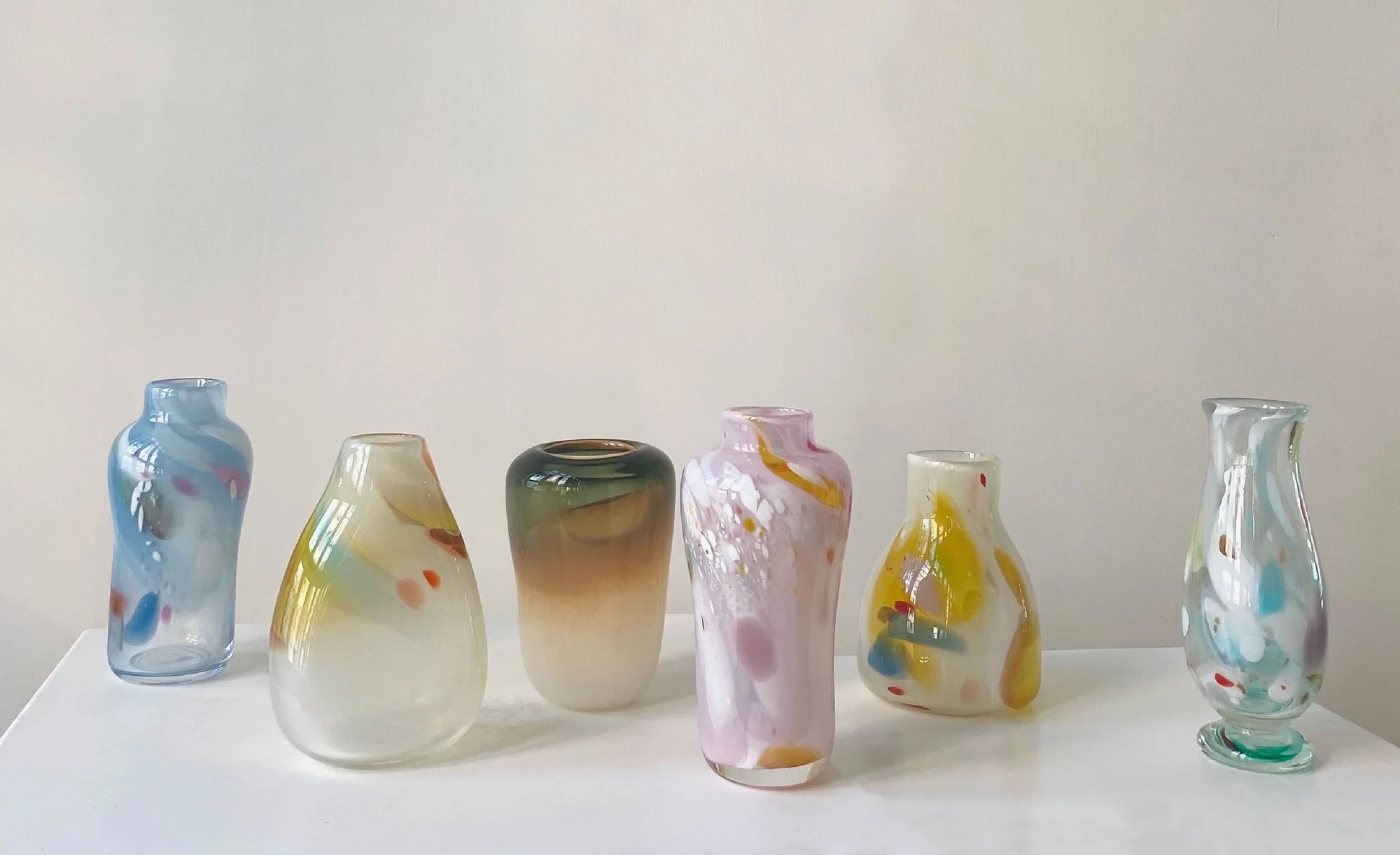
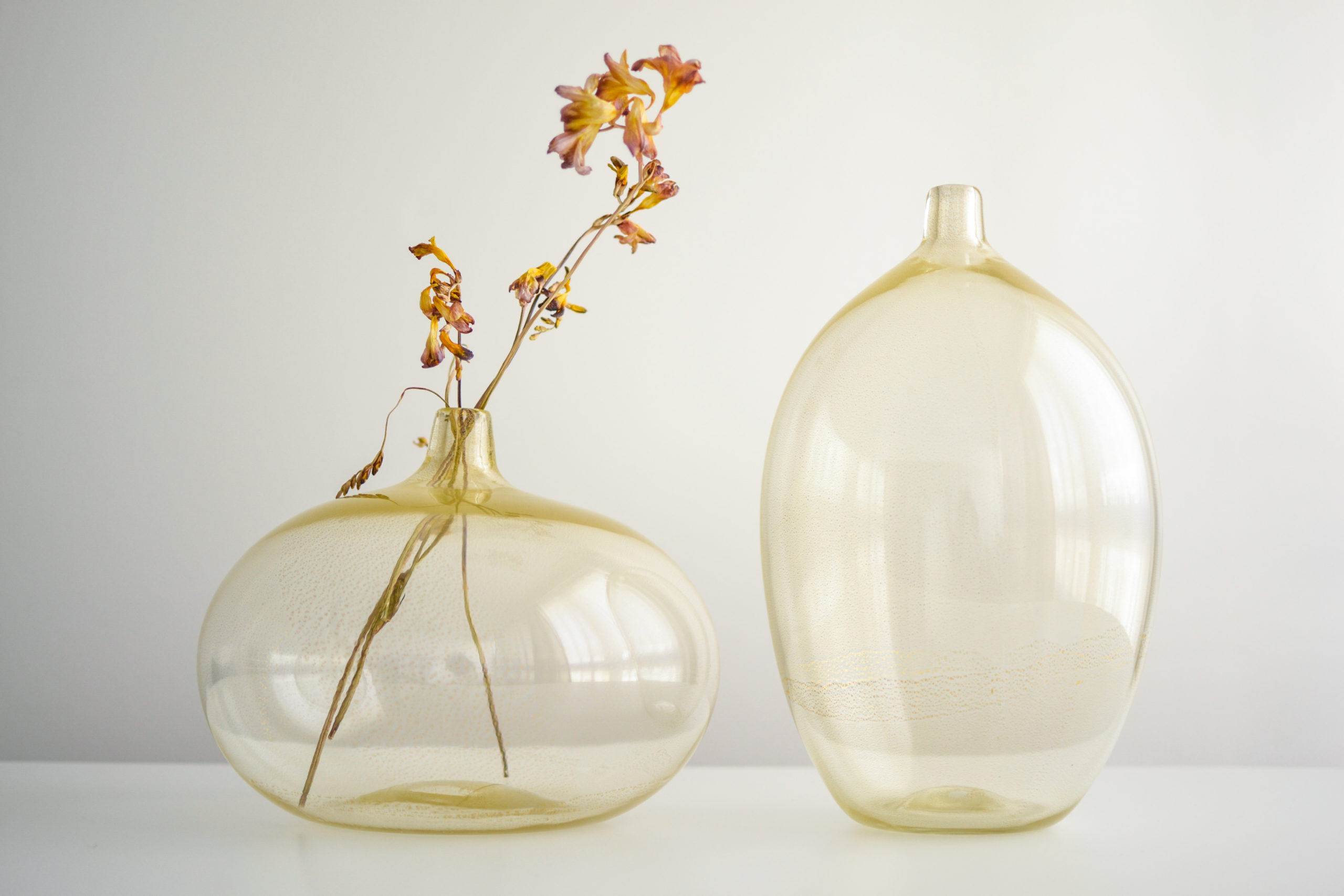
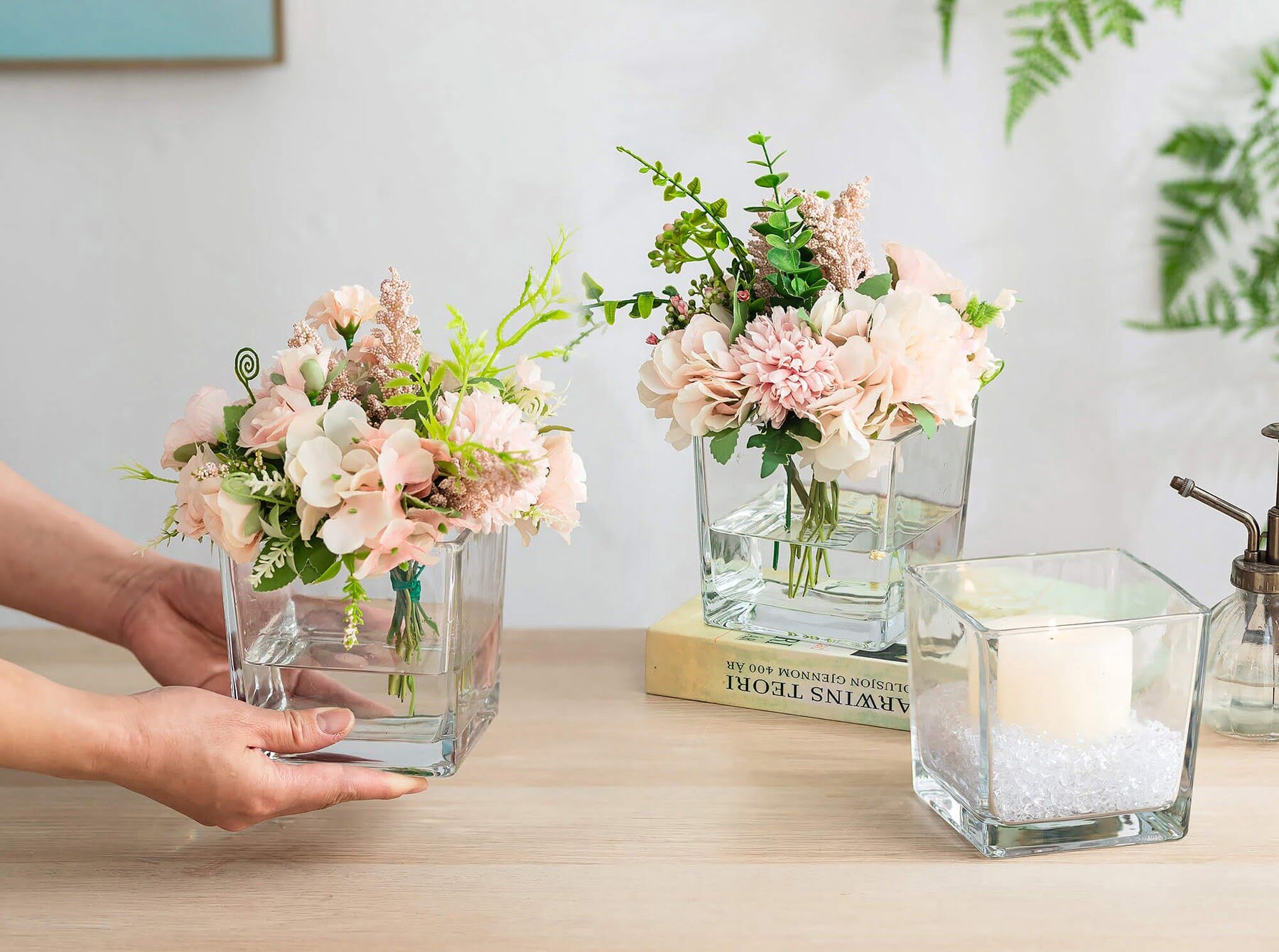
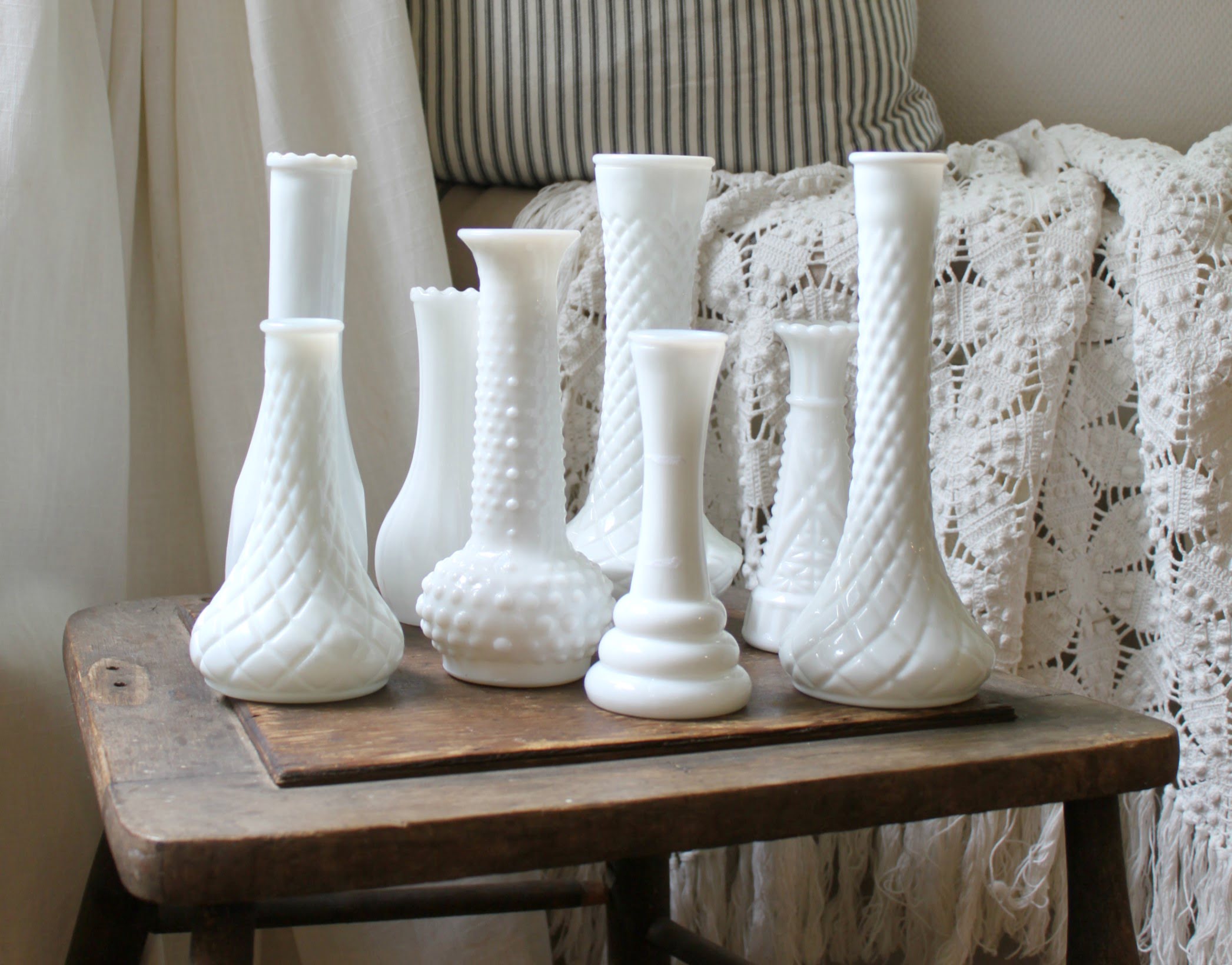
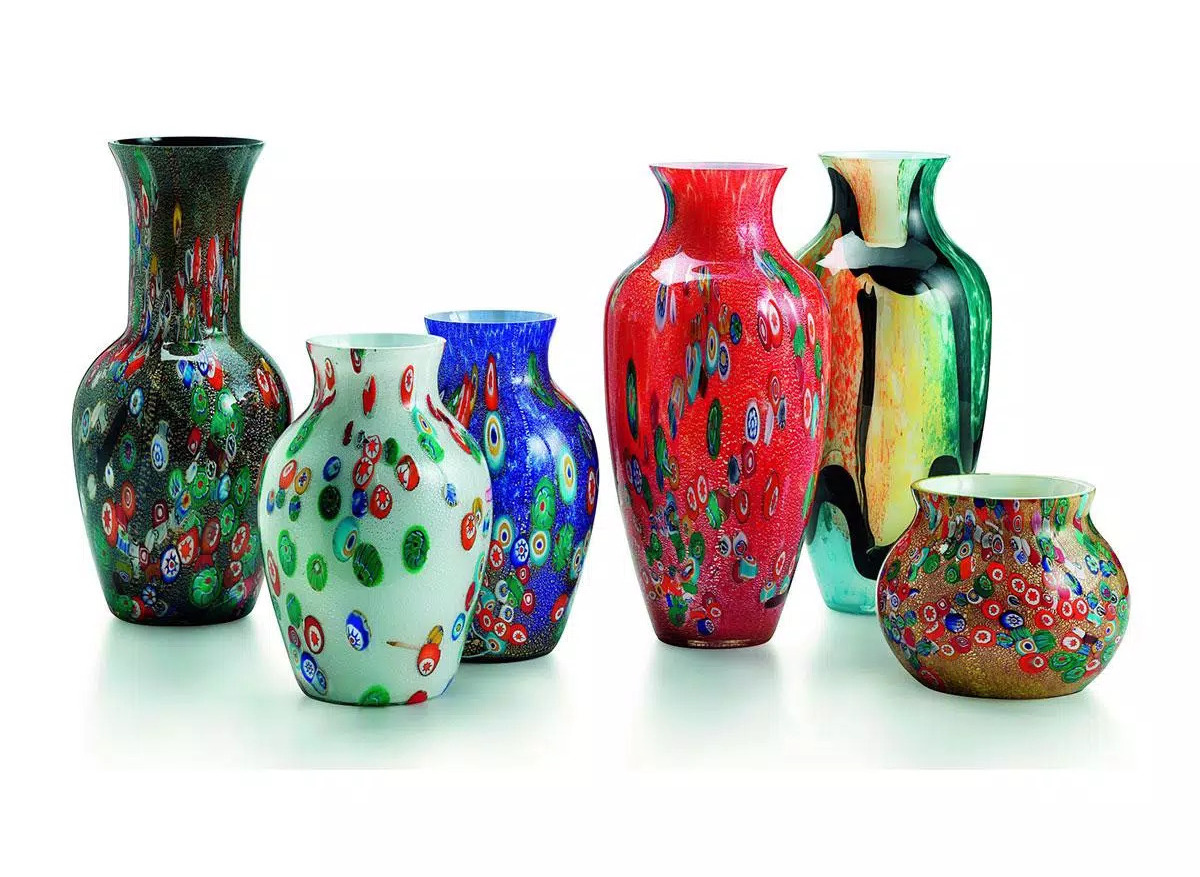

0 thoughts on “How To Clean Glass Vases”